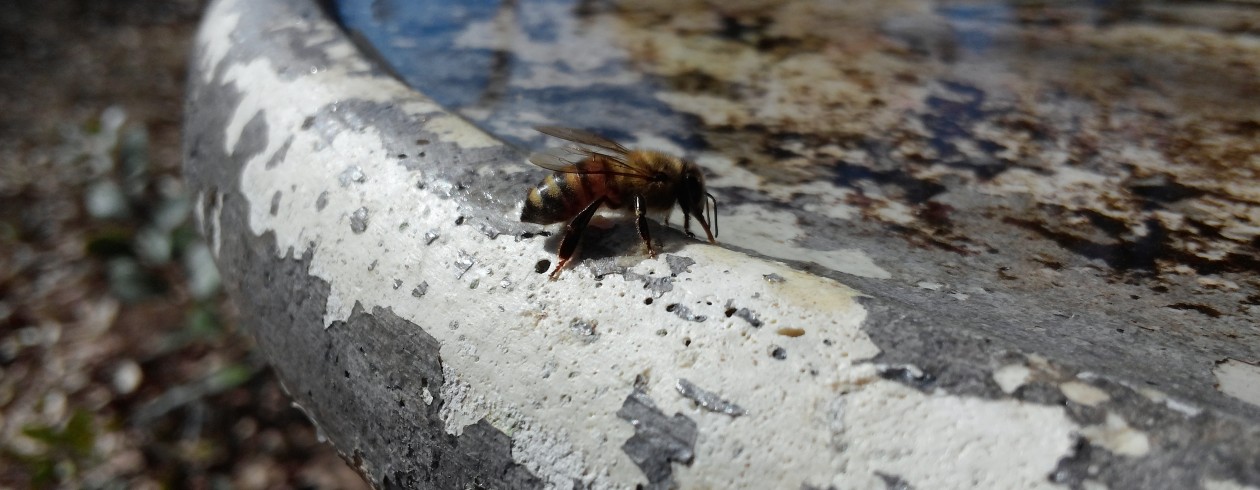It seems like they are odd bedfellows, weeding and meditating. They aren’t really, and it’s just the sort of mindless chore that lends itself well to allowing your mind to drift, to let it seek out whatever might be puzzling you. In my case, a couple of plot points and if the sequence of events that I believe to be the right ones to go from chapter one to the end in the book I am not working enough on is correct – or at least workable.
Beyond that, it’s a good chance to see deep down and closely what’s happening in the garden. This season, now, we are heading into the couple of months where we will have a winter and the cover crops will kill off, while the leeks and carrots will soldier through and be ready to complete their growth by the time the soil and air warm enough to begin planting peas. It’s also easy to let yourself get ahead, to spring, making mental notes about what will be planted where, and when. But today, my friends…today the primary thought on my mind while pulling weeds was dingleberries.
People with pets (or certain livestock) know what dingleberries are: those are the pieces of poo stuck to the fur around the animal’s butt, which has to either be plucked off by hand or the area shaved. Why then, you ask, if I was pulling weeds, did I think of dingleberries?
The weeds seemed to have segregated themselves: plain old grass there, purslane hither, pigweed yon, and garden spurge and gripeweed – both of which I personally think should be renamed to “what the hell is this pain in the ass, invasive crap that can seemingly grow anywhere, even when other weeds cannot”, but that’s probably too long and would not translate into Latin well – everywhere. One row in particular, where the cukes had been, but where nothing had taken their place when they had exhausted themselves, was overrun with purslane, pigweed, spurge, and gripeweed. Despite that row not having been intentionally watered, the weeds were growing rather vigorously. I suspect these are weeds the Republicans would approve on, given their bootstrappy nature of overcoming poor situations and making their presence known. The simplest way to get them out was to trowel under them and lift with one hand – to make sure the root system would be plucked out as well – while pulling a bunch off them with the other hand. There is a great deal of cow poop in the soil mixture of the rows. It’s great stuff. But just like the plants I intentionally grew, the weeds love it too. And they show their love by rooting right into poop clumps, so when the weeds are extracted, roots and all, clinging to the roots: dingleberries. Like this:

Since we need to keep as much of the poop in the rows as possible, weeding then becomes a multistep process: trowel under them, pull them, then knock off as many of the dingleberries as possible. Toss the weeds into the bucket and move on. Repeat until the bucket is full and needs to be emptied in the bag. When the bag is full, tie it closed and smile, because you are keeping yard waste pickup crews employed. Prepare a new bag. Repeat the entire process.
In the end, what you have is a good day’s work, and progress on getting more rows prepped to hold cover crop seed – hopefully completing the rest of the rear garden by tomorrow, as we are expecting rain on Saturday if the forecast holds. The first row in this picture is the cover crop coming in.
The middle row in this picture is not weeds, as it happens. Those are the late planted tomatoes and peppers. Unfortunately, it appears I either lost that page of my notes or forgot to write down exactly what kind of one pepper was transplanted. They are robust, sturdy, thriving plants, heavy with fruit. I don’t have any earthly idea what type they may be (not bells, that much I know), but they’re beautiful.


